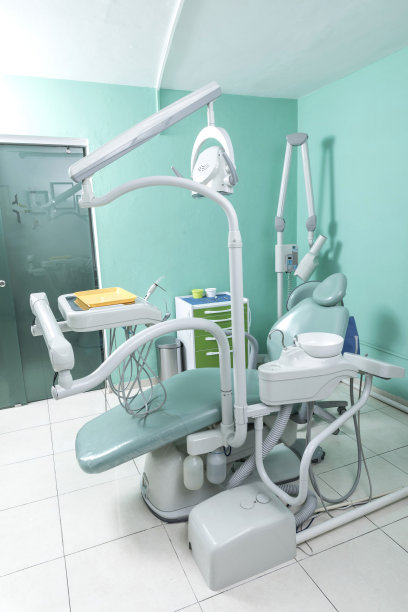Innovative Advances in Dental Implants Transforming Smile Restoration and Enhancing Oral Health for Patients Worldwide
Summary: Innovative advances in dental implants have revolutionized smile restoration and significantly enhanced oral health for patients around the globe. This article delves into four critical areas: cutting-edge materials and technology, improved surgical techniques, personalized treatment plans, and long-term outcomes, providing insights into how these developments positively impact patient experiences. As dental innovations continue to evolve, the potential for enhanced functionality and aesthetic results grows, empowering more individuals to regain confidence in their smiles.
1. Cutting-Edge Materials and Technology

The evolution of dental implant materials has played a significant role in transforming smile restoration. Contemporary implants are often made from biocompatible materials like titanium, which integrates seamlessly with bone tissue. This integration leads to a firm foundation for artificial teeth, improving longevity and reliability.
Moreover, advanced technology such as 3D printing has enabled the creation of customized implants tailored to each patients unique anatomical needs. This personalized approach minimizes complications and optimizes comfort, ensuring a more satisfactory fit and appearance.
Additionally, the introduction of ceramic implants has expanded options for patients seeking aesthetic solutions. These implants not only blend with natural dental structures, but also avoid potential metallic sensitivities. The resulting improvement in aesthetic outcomes further enhances patient confidence in their smiles.
2. Improved Surgical Techniques
Innovative surgical techniques have significantly enhanced the dental implant process, making it safer and more efficient. Techniques such as guided implant placement utilize computer software to plan surgeries with precision, reducing risks and enhancing accuracy during the procedure. This leads to less invasive surgeries and quicker recovery times for patients.
Furthermore, advancements in sedation dentistry have transformed the patient experience. With options for comfortable sedation, patients can undergo implant procedures with minimal anxiety, significantly improving overall satisfaction. This mental comfort often correlates with a more successful recovery, allowing patients to adjust to their new implants efficiently.
Another important innovation in surgical technique is the use of immediate loading implants. This technique allows for the placement of a temporary crown on the same day as the implant surgery, providing patients with a functional solution that boosts their self-esteem while healing takes place.
3. Personalized Treatment Plans
Personalization has become a cornerstone in modern dentistry, and dental implants are no exception. The development of advanced imaging techniques, like Cone Beam Computed Tomography (CBCT), allows dentists to assess a patients unique bone structure, which informs the creation of tailored treatment plans. This specificity enhances the predictability of success rates and minimizes complications.
Moreover, interdisciplinary approaches involving collaboration among dentists, oral surgeons, and periodontists ensure comprehensive management of a patient’s needs. This tailored care ensures patients receive the optimal treatment strategy that aligns with their oral health and aesthetic goals, enhancing both functionality and beauty in restoration.
Patient education also plays a vital role in personalization. Dental professionals are increasingly involving patients in the decision-making process, ensuring they understand their options. This includes discussing various implant types, recovery expectations, and maintenance to empower patients in their oral health journey.
4. Long-Term Outcomes and Research
The long-term success rates of dental implants have impressively improved due to innovative advances. Ongoing research continues to optimize techniques and materials, leading to higher survival rates and patient satisfaction. Current statistics indicate that the success rate for dental implants can exceed 95% over 15 years, showcasing their durability and reliability.
Furthermore, advancements in post-operative care, including the evolution of follow-up protocols, have contributed to better long-term outcomes. Regular check-ups and personalized care following implant placement help in early detection of any issues, ensuring the longevity of the implants and the overall health of the patients mouth.
Research is also revealing the multifaceted benefits of dental implants beyond aesthetics, linking them to improved oral health, better function, and even greater psychological well-being. Patients who regain their ability to chew effectively often report higher satisfaction in their overall quality of life.
Summary:
The innovative advances in dental implants represent a groundbreaking approach to smile restoration and oral health enhancement. By integrating advanced materials and techniques with personalized care, dental professionals are redefining patient experiences and outcomes.
The remarkable potential of these developments empowers individuals worldwide to embrace their smiles with confidence. The future of dental implantology looks bright, promising further transformations in oral health management and patient satisfaction.
This article is compiled by Vickong Dental and the content is for reference only


